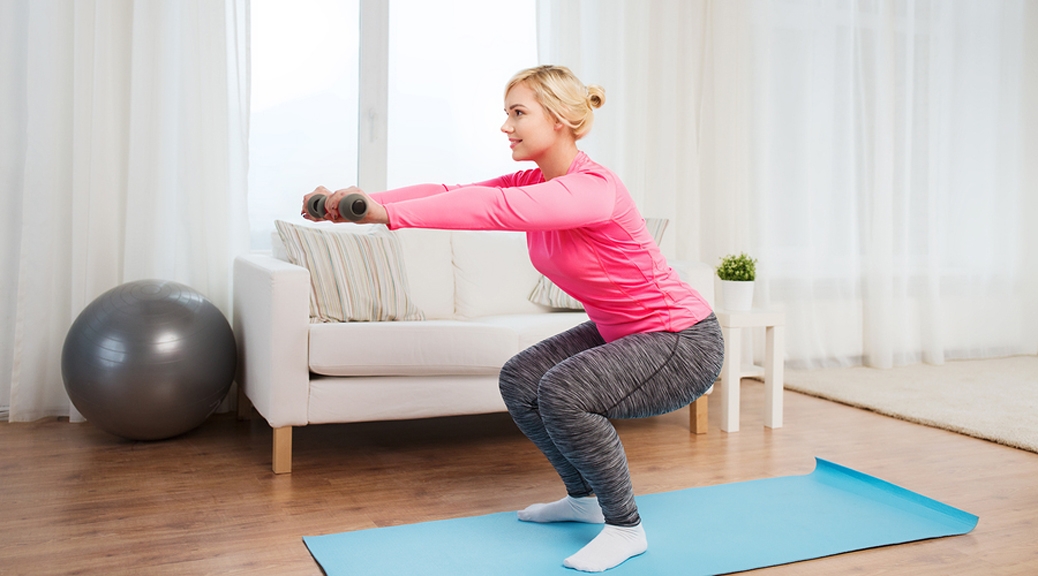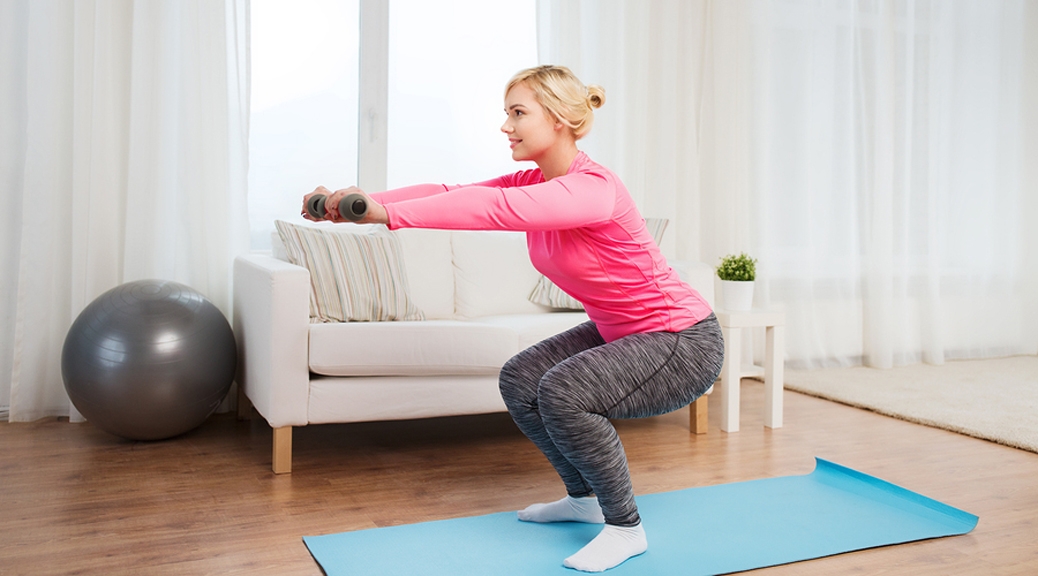How do you plan a programme for a client with diastasis recti, pre-osteoporosis and hypermobility?
Every client is different and brings new challenges. And every session with a client needs to be structured to their individual needs and goals.
However, there may be elements of this sample training session by Tara Whitbread that can be incorporated into your session preparations, especially if you are training a new client with any of the above-mentioned medical conditions.
This blog post originally featured in the Winter 2016 issue of Fitpro magazine.
Find out more and join Fitpro to receive future issues here.
The client
Jo is 40 years old with a two-year-old son who was born via quite a traumatic caesarean section. The pregnancy left her with diastasis recti (separation of the rectus abdominis muscles and midline linea alba tissue) and, in addition, Jo has pre-osteoporosis and hypermobility, all of which has left her in fear of any form of exercise. She has been using the MuTu Mamas© programme, which helps work the rectus abdominis muscles closer together using corrective exercises, but she came to me in the hope of regaining her strength, particularly in the core area of both transversus and rectus abdominis, as well as increasing her bone strength.
Considerations
Due to all of Jo’s conditions, no form of jumping or high-impact exercise is a possibility. She has been left with little-to-no cardiovascular or muscular fitness, so this will need to be addressed without traditional aerobic methods. Due to the diastasis recti, we want to avoid exercises that pull the right and left rectus abdominis away from the midline, put too much pressure on the linea alba or cause the separated area to ‘dome’ or ‘cone’. Due to the pre-osteoporosis and hypermobility, any weight-loading bodyweight exercises (such as push-ups) are to be approached slowly and with caution and weights are to be kept low. All exercises are performed with neutral alignment and with the core always engaged.
Weight-loading bodyweight exercises (such as push-ups) are to be approached slowly and with caution and weights are to be kept low.
Rationale
Neither Jo nor I were sure what her body was actually capable of; therefore, the first few sessions were used to run through a range of exercises and assess what she could do. We used resistance bands, loading exercises against the wall and 1kg dumbbells, along with simple Pilates-based body and breathing exercises. Reps and sets were high due to the limited range of exercises and low weights used, in order to build strength and increase cardio fitness. Movements were slow and controlled and her posture and ‘coning’ was closely monitored. Once we established a clear range of ‘yes’ and ‘no’ exercises, we worked on increasing the weights and bringing the load-bearing exercises to the floor, and eventually we moved on to more difficult exercises. Sometimes these exercises were successful and other times we learned that her ability was still limited, but we were both happy with the trial and error process. Sessions were mainly set in a circuit of a range of exercises targeting all the muscles of the body, sometimes using isolated exercises such as bicep curls or compound movements like the lunge and press. There was little-to-no rest between exercises, in order to work on her cardiovascular fitness, with a one-minute rest after the circuit before repeating another two or three times. The circuit would begin with standing exercises, then prone and then supine.
Tara Whitbread is a personal trainer, fitness instructor and weight-loss coach. She specialises in postnatal fitness and works with clients in their homes. She also teaches group X in gyms and runs her own boot camp. Tara encourages a healthy lifestyle that is maintainable around daily life instead of faddy quick fixes.
Want to understand more about the pelvic floor? Check out our previous blog post, by Cherry Baker, here.

Cardio & StrengthNews and FeaturesPersonal training










